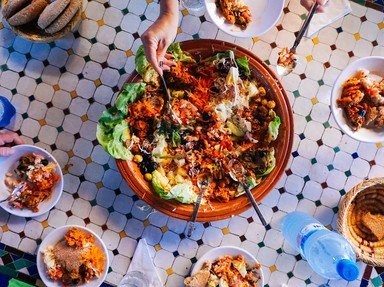Quiz Answer Key and Fun Facts
1. Which wheat grain is the preferred option for making pasta?
2. Cloves are dried flower buds from the Syzgium Aromaticum tree. At what colour stage in their lives are they ready to be harvested?
3. Black Pepper (Piper Nigrum) is harvested from what type of plant?
4. The Ancient Greeks & Romans considered basil to be a cursed plant.
5. Called the fava bean in the USA, by what name is it more widely known?
6. Mange-tout is a French term that is commonly applied to what type of pea?
7. Why is the runner bean (Phaseolus coccineus) called a runner bean?
8. Zucchini is the star ingredient of the Turkish dish Mucver. How is it prepared for this meal?
9. How do farmers create the colouring in white asparagus?
10. In cooking, what does the term "primavera" mean? (If you don't know it, maybe the other items in this quiz can give you a hint!)
Source: Author
pollucci19
This quiz was reviewed by FunTrivia editor
WesleyCrusher before going online.
Any errors found in FunTrivia content are routinely corrected through our feedback system.

